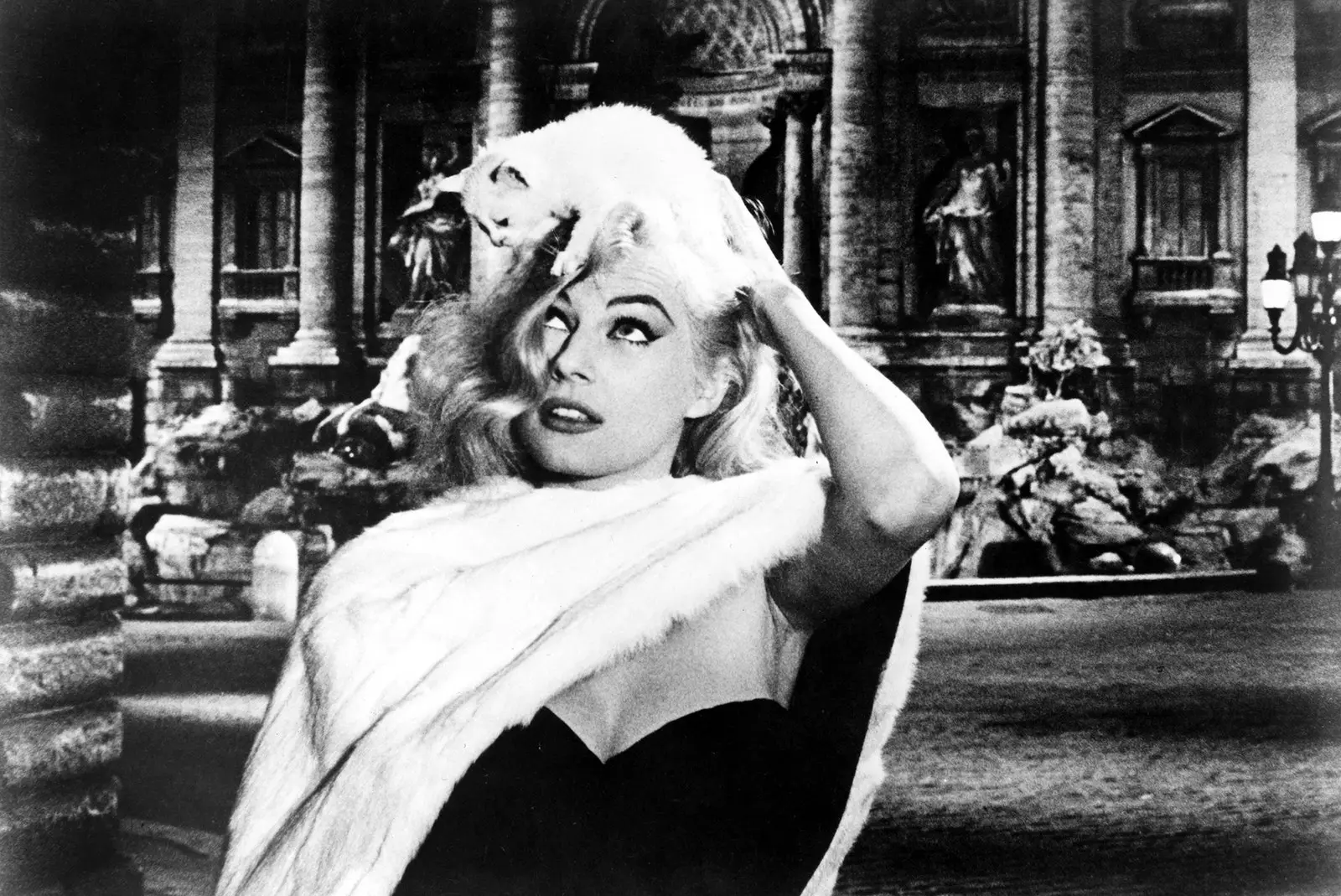
100 years of Fellini
In the centenary of his birth, Italy turns to the one who he loved her and undressed her on the screen like nobody else , with tenderness, passion and humor. Rimini , her hometown, will open at the end of 2020 the Federico Fellini International Museum , dedicated to her life and her work. Museum where, according to the words of the mayor of Rimini, Andrea Gnassi, “The dreamlike effect will be guaranteed”.
The traveling exhibition of Fellini 100 immortal genius , will go from Rome to Los Angeles, Berlin, Moscow, Sao Paulo, Saint Petersburg, Toronto, Buenos Aires and Tirana. As will happen this year, Nino Rota music concerts , the composer of the soundtracks of his films.
the past Venice Film Festival brought forward the centenary of the great Fellini and the Luce Cinecitta Institute presented Federico Fellini in Frames with part of his historical archive, scenes of his work in the Studio 5 of Cinecittà , postcards, videos, and movies. His first solo film was screened, The White Sheikh , starring Alberto Sordi which, curiously, He would also be 100 years old in 2020.
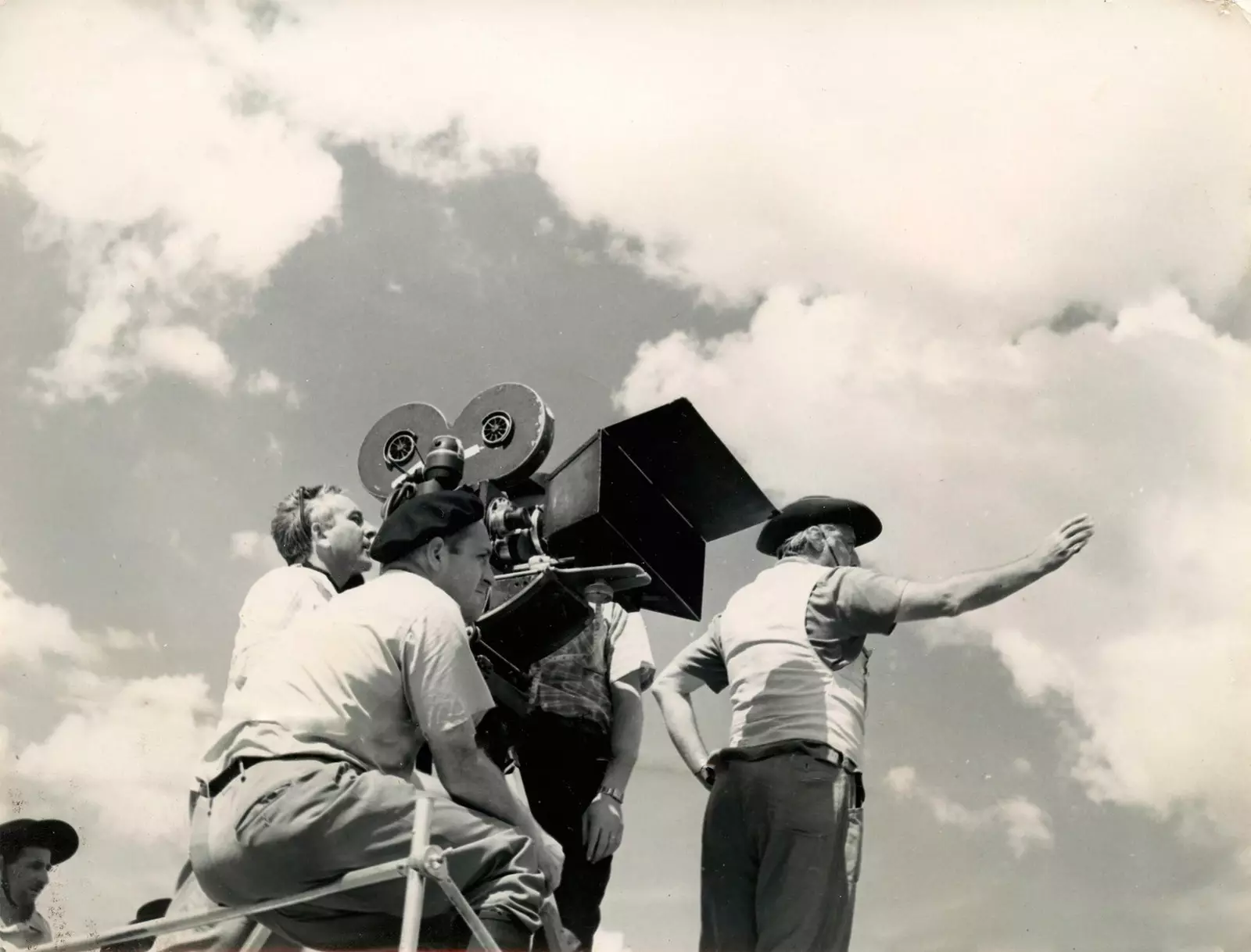
Federico Fellini
The winner of four Oscars for best foreign film ( the road , 1954; The nights of Cabiria , 1957; Eight and a half , 1963; Amarcord , 1973), Fellini was born on January 20, 1920 in Rimini, a small town on the Adriatic, within a middle-class family. Little Federico was already pointing out ways when with only eight years he ran away from home to join a circus passing through Rimini , time that marks him for life, because the circus, its clowns, his characters in general, often appear in his films (especially in the street , dedicated to traveling comedians).
Drawing, his passion since he was a child, led him to work in different magazines, comics... and also led him to Rome . In fact, being already a famous screenwriter, he drew in the Canova Coffee (his breakfast place from him) or in the restaurant Dal Tuscan , in the Pratti neighborhood , and where he always ate at the same table. Based on his illustrations, he looked for those actors who would fit in with them.
Giulietta Massina he began his artistic steps working on the radio in a radio serial that told the adventures of Cico and Pallini written by Federico Fellini . This would become her husband for life and with whom she would live in the number 110 of Via Margulatta, between Piazza di Spagna and Villa Borghese.
Giulietta, admired and hired by the most famous directors of those years, she was her actress, her muse, her friend and one of the most recurring protagonists of it, as in the male gender was Marcello Mastroianni . Also, Claudia Cardinale, Vittorio de Sica, Anouk Aimée and, of course, Sandra Milo, her lover of 17 years, stand out among your favorite actors.
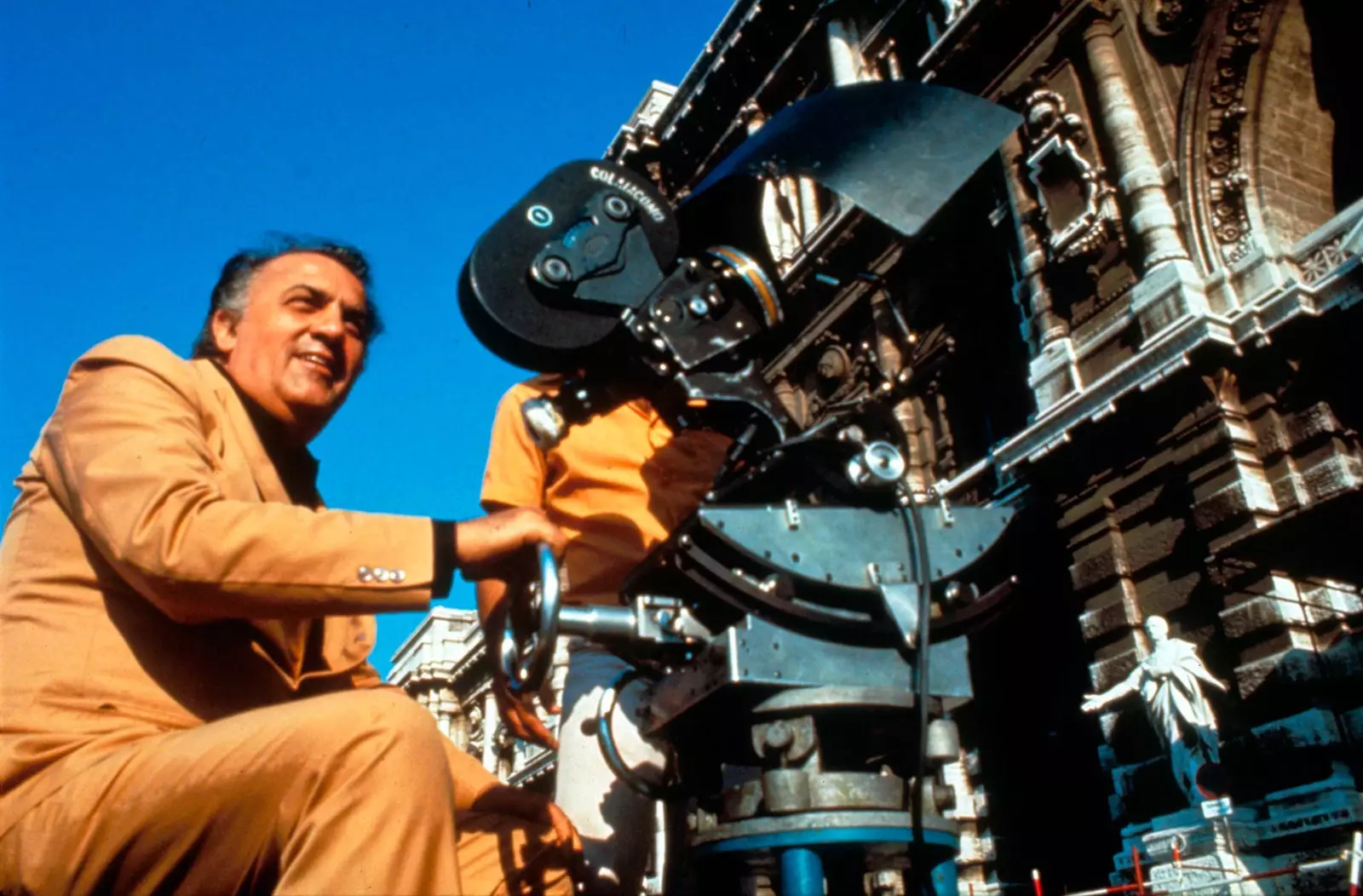
Studio 5 of the Cinecittà, Fellini's second home
CINECITTÀ STUDIO 5: YOUR HOME
Studio 5 of the Cinecittà (the factory of dreams), in Via Tuscolana , nine kilometers from Rome, was really the home of the one who turned cinema into a masterpiece and he was considered the greatest post-war filmmaker internationally. So much so that the end fellinian has been integrated into everyday language to express a form of art, of life.
There are enormous composers, immortal painters, great sculptors... and there are those who through the screen have managed to transmit the biggest and the smallest of the human being , his emotions, dreams, comedy, tragedy, despair and caricature. That's Federico Fellini.
After collaborating in Rome with different directors and screenwriters of the stature of Rosellini (with whom he rolled Rome, open city ), Fellini launches into his first solo film, the white sheikh , a bittersweet comedy that, although it initially went unnoticed over time, has been given more importance, considering it a small masterpiece by the then young Fellini. A The White Sheikh he followed The Useless (1953), a film with which he won a Silver Lion in Venice.
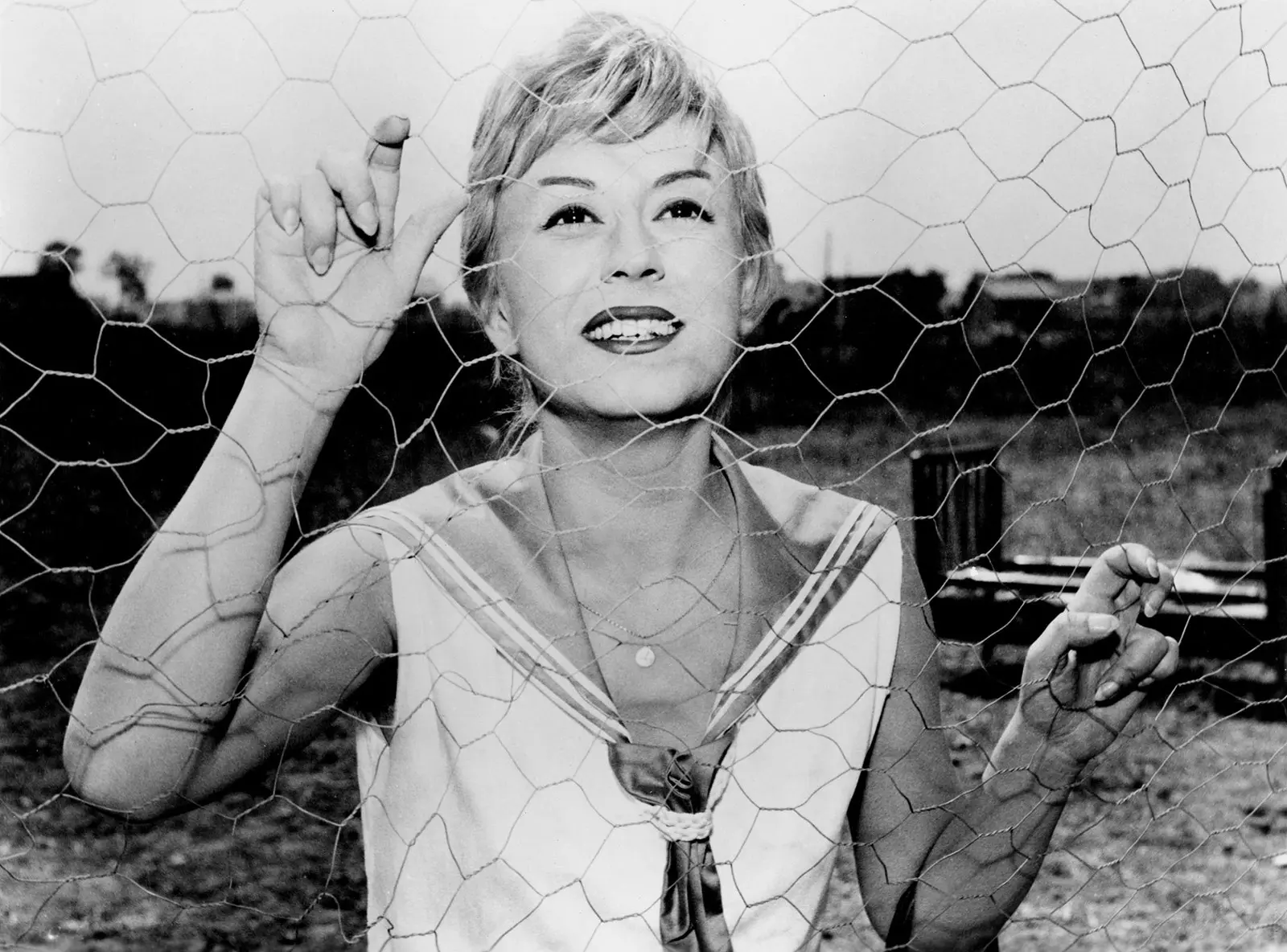
Giuletta Masina in 'The Nights of Cabiria'
Charles Chaplin and Giulietta Masina
Fellini admired Chaplin's work. She testifies to it in one of his legendary phrases: "Chaplin is the Adam from whom we all descend" . Interestingly, his wife, Giuletta Massina , he has come to be called "Chaplin as a woman" (it goes without saying that he is not the best of compliments to a woman with a solid career without the need for comparisons). The nickname was due to those enormously sad eyes with a warm look that is usually accompanied by a smile that struggles to appear at all costs; despite the fact that life insists on burying it, in a surreal and tragicomic environment, just like that of Chaplin's stories. Of both, the child that they still kept inside emerged on the scene.
Pride is the force of expression of Gelsomina (Giulietta Massina in the street ), traveling aimlessly with the brutal Zampano (AnthonyQuinn). In this film, Fellini turns Zampanò's machismo into a grotesque caricature who, unable to express his emotions, offers a precarious and hard life to Gelsomina , a Giulietta that embroiders her role with hardly any words.
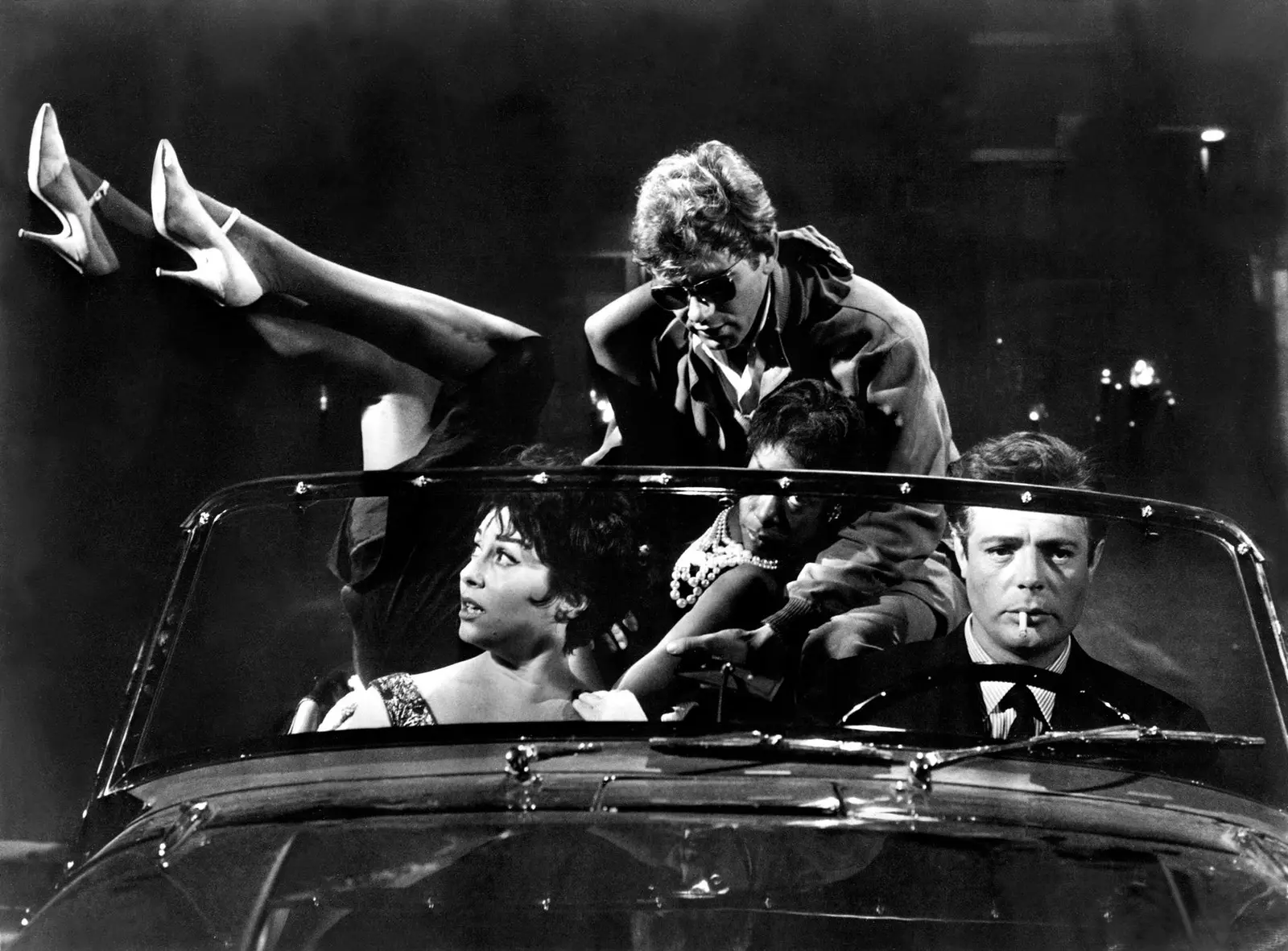
The Dolce Life
Her big wistful eyes, her hopeful smile and her gait say it all, as they do in The Nights of Cabiria , embodying an innocent and kind prostitute who struggles every day to find something to keep breathing for. Cabiria strolls through the Roman night despondent, broken, without finding that love that she has searched all her life . Her lament joins the revelry of the Roman kids who surround her in a grotesque I run . Her mascara is smudged from her tears, and yet that unique, Chaplin-esque smile of hers spreads and lights up her face.
In Fellini's scripts tragedy and comedy eat at the same table listening to different voices. A tremendous humanity that borders on the bizarre is the order of the day. the street Y The nights of Cabiria they belong to her first stage, to the Neorealist genre, although some purists branded her a traitor, due to her creative freedom where she expressed fears and desires like no one else.
FROM NEORRALISM TO SYMBOLISM.
After this first stage, Federico Fellini began to flirt with modern cinema , moving away from Rosellini to approach Antonioni in his films of the 1960s, when he premiered the spectacular, sensual, epic sweet life . "Rome has never been so beautiful," he told himself then. When Sylvia ( anita ekberg ) walks with the cat on his head, the bells ring, Rome is dirty, abandoned and enormously beautiful . Adjectives are missing to adorn the film of the Rome of the 50s, of that Via Veneto where she wandered an elitist and empty society, having drinks, living in Harry's Bar , persecuted by the paparazzo who want to hunt them down in their most intimate moments.
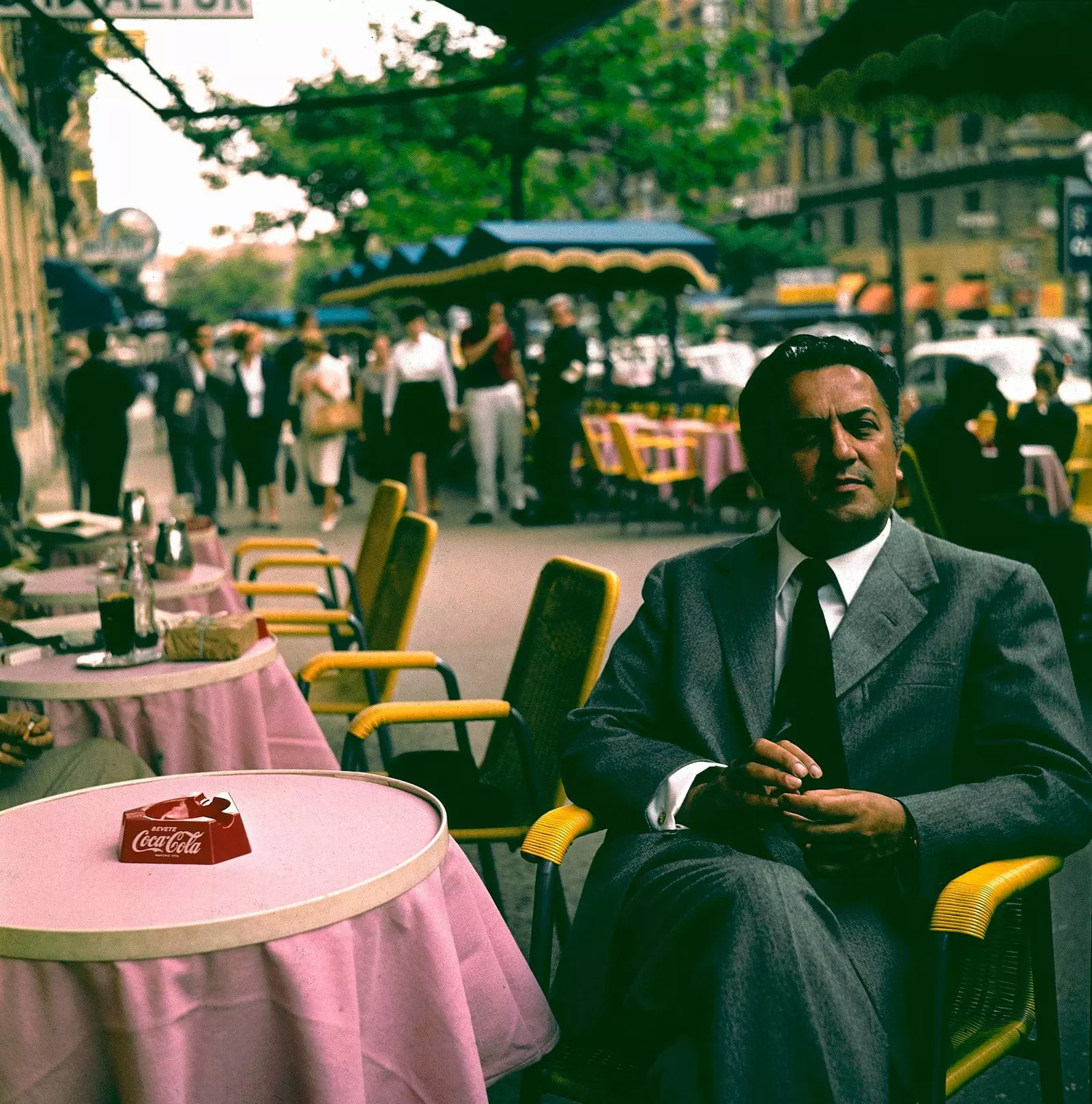
Fellini in a cafe on Via Veneto
The protagonist is the social chronicler and photographer Marcelo Rubini (Marcello Mastroianni, despite the fact that producer Dino de Laurentis was betting on Paul Newman) who observes and enjoys the perks of the jet , always from a mezzanine that does not allow him to enter the stage, witness to the life of an elite that he admires on the one hand, despises on the other ... but that to which it does not belong.
During episodes of The Dolce Life religion, decadence and despair rub shoulders, always sheltered by a sweet wrapper that softens the tragedy. Marcelo is torn between Emma (the jealous and everyday girlfriend), Silvia (the goddess), Maddalena (the free woman in love) and, finally, the girl from the bar... The legendary scene with Anita Ekberg, Silvia, at the source , with a Marcellus spellbound that he observes her as a true goddess, a cowardly spectator of her greatness, before whom he can only pronounce her as the first woman of creation, the mother, the sister, the wife, without daring to more than her . Or the final sequence of the sweet looking young waitress calling him on the beach, without him listening , explains the life of the paparazzi who bears witness to experiences without having his own.
The culmination of this new stage of Fellini is represented in Eight and a half , perhaps his most personal film. The camera, moving continuously; the great contrast between black and white; the sunglasses behind which his favorite protagonist (Mastroianni, this time as Guido), hides in the role of his artist in the midst of a creative crisis that he wants to do his life's work and be free ("free from what?" Guido wonders). Eight and a half was seriously recriminated by the church that judged her irreverent and pernicious . Baroque and surreal piece where they merge dream and reality , analyzing the emptiness of a life without values.
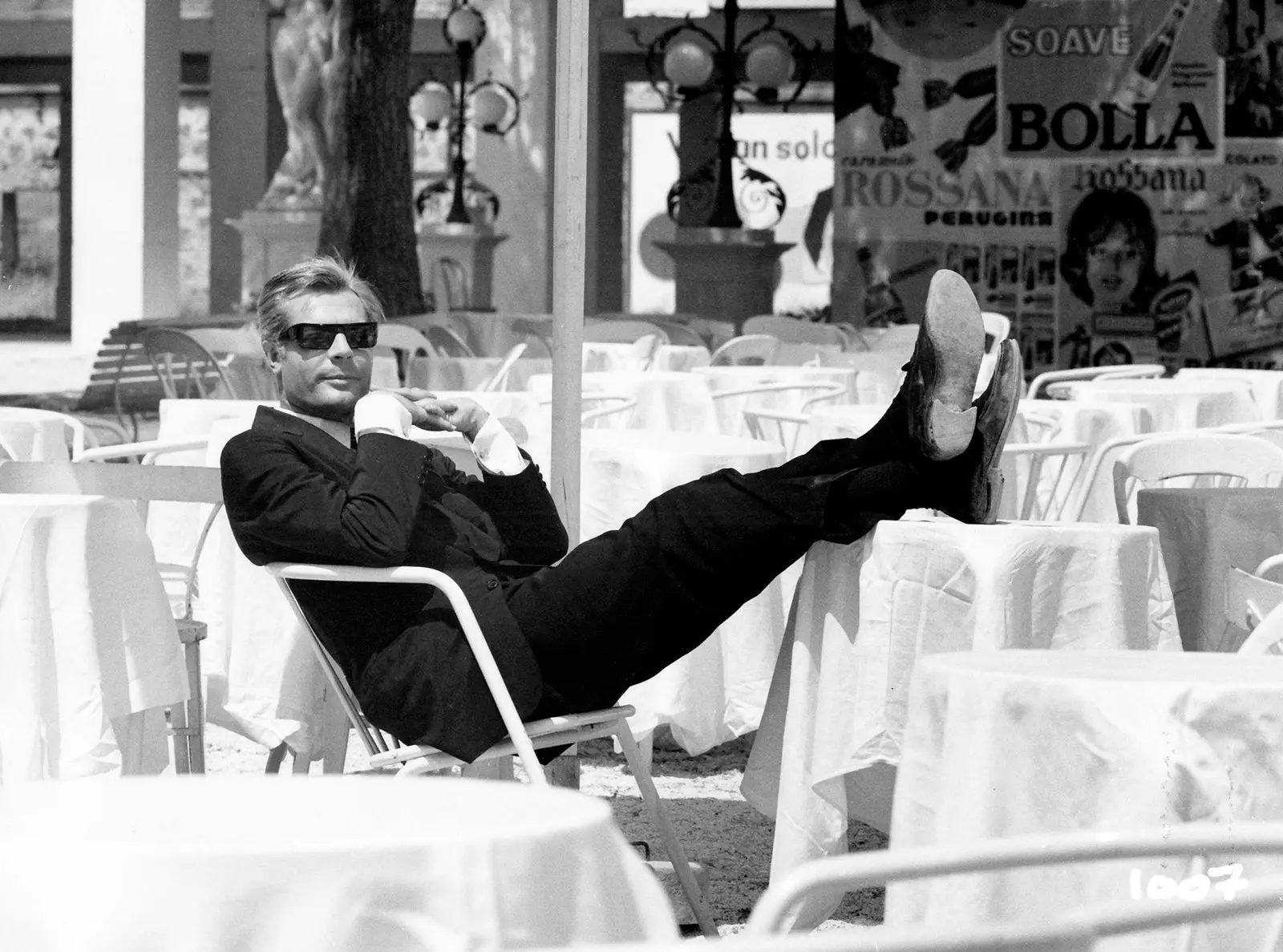
8½
Martin Scorsese, great friend of Federico, said of Fellini to be a giant who had created his own world , in the way he moved the camera, the light, the music. Bizarre, sensual, the archetypes of him have strength and power.
This new symbolist stage is consolidated in Giulietta of the spirits . While in his most moving work, armacord , returns to his childhood in Rimini, and brings out those immense characters both emotionally and physically, curves, eroticism, sensuality.
His last movies were and the ship goes (1983), ginger and fred (1985) and the voice of the moon (1990), all of them accompanied by the soundtrack of Nicola Piovani , conductor, pianist and composer of the music of Life is Beautiful by Roberto Benigni, with which he won the Oscar for best original dramatic score in 1998.
Fellini rediscovered in Piovani a musical spirit akin to his composer par excellence ( Broken Boy ), who knew how to interpret the director's melancholy in all his films and even his sad nostalgia for the world of the circus.
Federico Fellini received an honorary Oscar for his professional career in 1993 , shortly before his death on October 31 of that same year. The mortal remains of the great filmmaker were exposed to the public in a closed coffin in Studio Number 5 of Cinecittà where, according to him, everything began and ended . Currently, he is buried in his hometown, in Rimini.
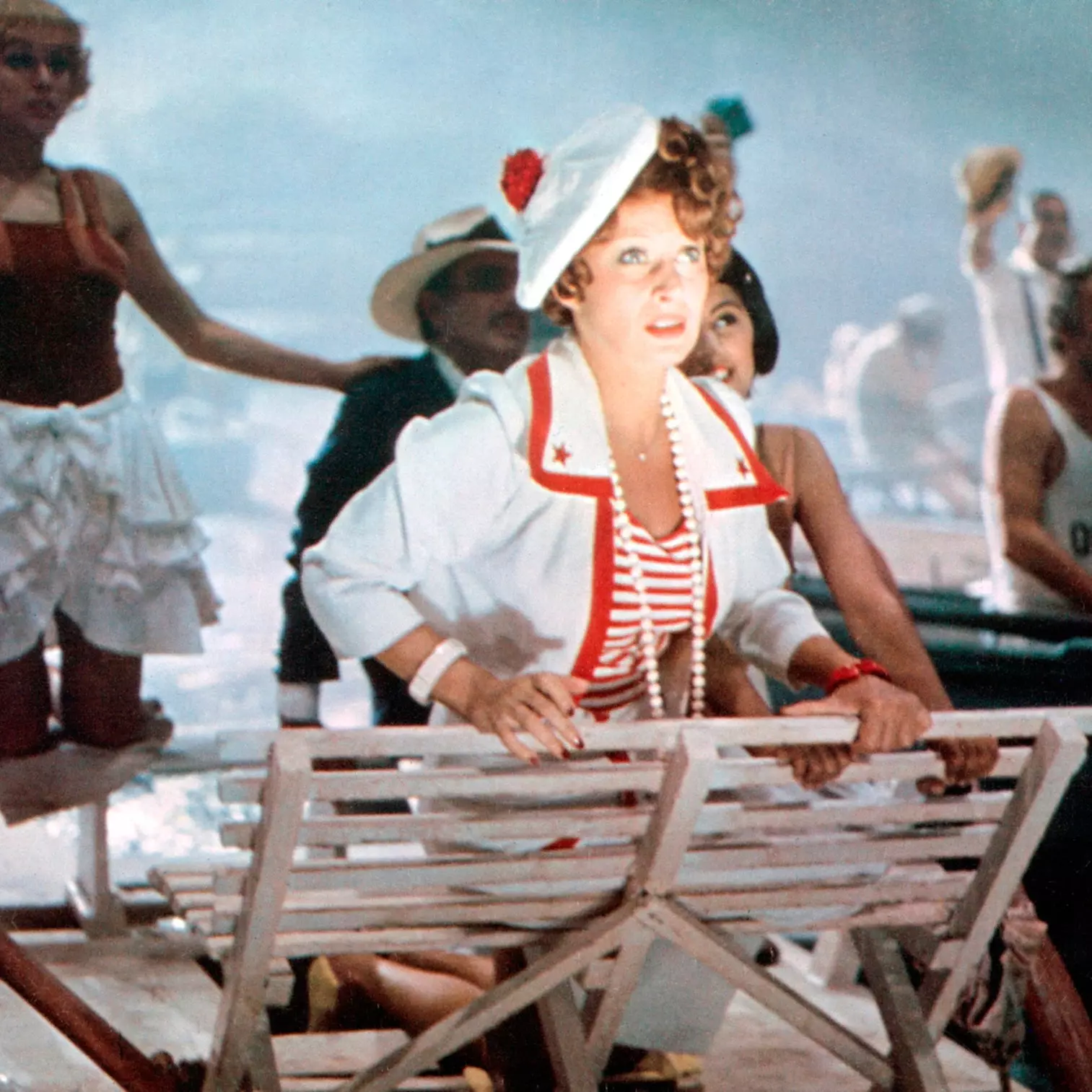
armacord
